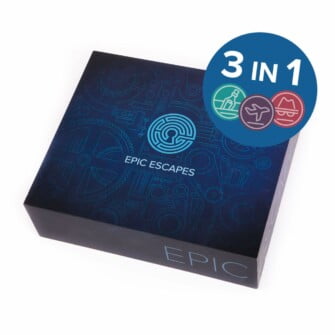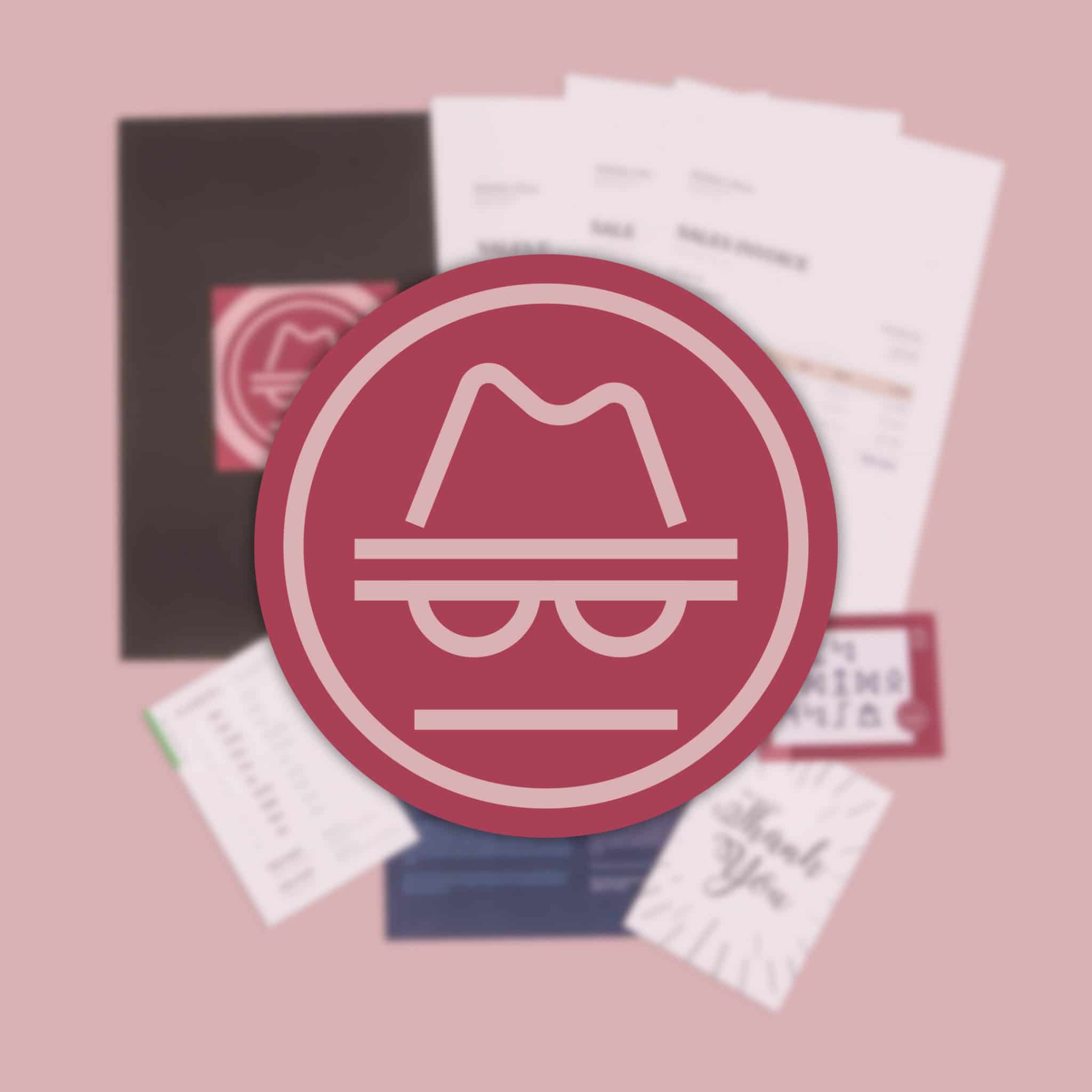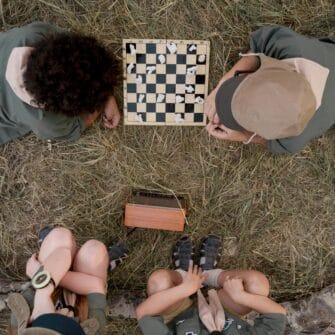Brainteasers
The Counterfeit Coin
It’s another coin riddle!
You are given a standard balance scale and 12 coins that look identical, but one of them is counterfeit and weighs either more or less than the others (you don’t know which). You have writing materials but nothing else.
What is the minimum number of times you need to weigh the coins to identify the counterfeit coin?
Remember, to do this, you’ll just need to determine whether it is heavier or lighter than the others.
This is a classic brainteaser that challenges you to use logic and strategy to identify the counterfeit coin with the minimum number of weighings. The solution involves weighing the coins in such a way that every weighing provides you the maximum possible information. The minimum number of weighings needed is three. Here’s how you can do it:
-
First Weighing:
- Divide the 12 coins into three groups of four coins each. Let’s call them Group A, Group B, and Group C.
- Weigh Group A against Group B.
- There are two outcomes from this weighing:
- If the scales balance: This means all the coins in Group A and Group B are genuine, and the counterfeit coin must be in Group C.
- If the scales do not balance: This means the counterfeit coin is either in Group A or Group B. Remember which side was heavier and which was lighter, as this tells you if the counterfeit coin is heavier or lighter (if you can keep track).
-
Second Weighing:
- If the first weighing balanced (counterfeit is in Group C):
- Take three coins from Group C and weigh them against three genuine coins (which can be taken from either Group A or Group B).
- If this scale balances, then the remaining unweighed coin from Group C is the counterfeit, and one more weighing will tell you if it’s heavier or lighter.
- If this scale does not balance, you know that one of the three coins from Group C on the scale is counterfeit, and whether it is heavier or lighter based on the direction of the imbalance.
- If the first weighing did not balance (counterfeit is in Group A or B):
- Take two coins from the heavier group and one coin from the lighter group and weigh them against one coin from the heavier group (used in the first weighing) and two coins from any of the genuine groups.
- This step can confirm whether the counterfeit coin is heavier or lighter depending on how the weights shift. If the side that was heavier in the first weighing goes up, the counterfeit coin is lighter, and vice versa.
- If the first weighing balanced (counterfeit is in Group C):
-
Third Weighing:
- Depending on what you have learned from the second weighing, you should now have either one coin or a small group where you know if the counterfeit is heavier or lighter.
- Weigh one suspected counterfeit coin against a known genuine coin. This will tell you definitively if the coin is counterfeit and whether it is heavier or lighter.
This process guarantees that you can find the counterfeit coin, and whether it’s heavier or lighter, in just three weighings. The key is to strategically choose groups and understand how each outcome narrows down the possibilities.





















